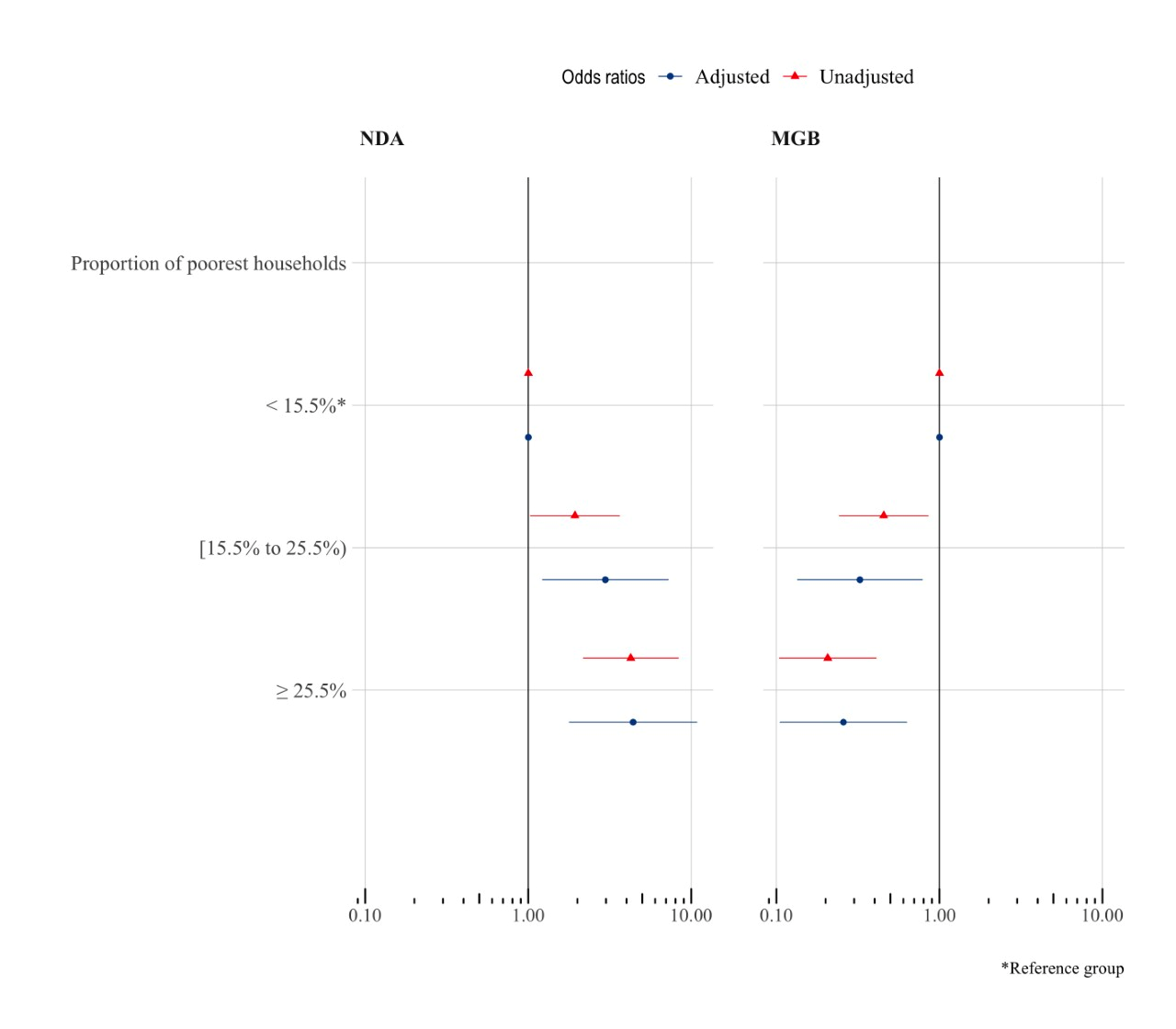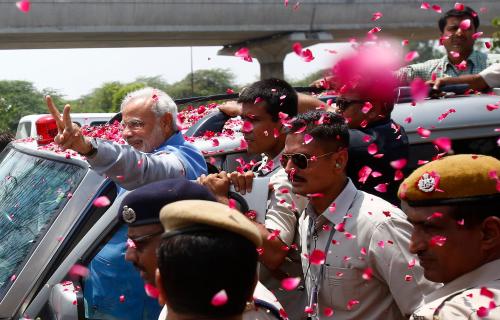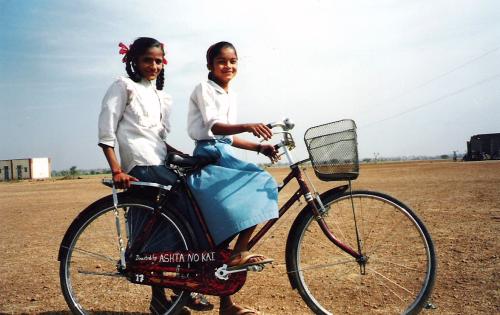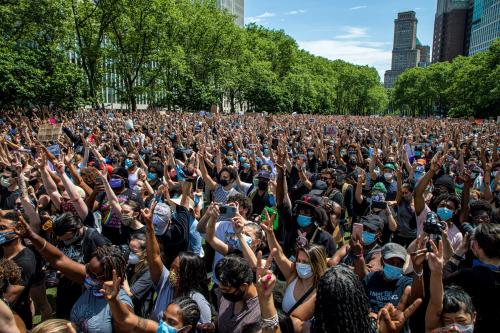Bihar is the poorest state of India, and repeated surveys have shown that the COVID-19 pandemic has been particularly harsh on the poorest segments of Indian society. The Bihar state assembly elections, therefore, have become a litmus test for the policies of the ruling National Democratic Alliance (NDA),[1] particularly in the aftermath of the socio-economic upheaval caused by COVID-19. Against this context, the election results in favor of the incumbent NDA came as a surprise to most pollsters and political commentators. A majority of the exit polls had predicted a loss for the ruling coalition on account of several factors, including (i) anti-incumbency, (ii) the humanitarian and economic crisis precipitated by COVID–19 and (iii) to a limited extent, a feisty campaign focused on jobs and unemployment by the opposition leader of Rashtriya Janata Dal (RJD), the leading party of the Maha Gath Bandan (MGB).[2]
While attempting to explain NDA’s surprising victory over MGB, political commentators and experts have focused primarily on two classes of voters; (i) women voters, who recalled the misrule of the RJD and favored the NDA, and (ii) the Muslim vote, which was diverted away from the MGB by parties such as All India Majlis-E-Ittehadul Muslimeen (AIMIM). Our analysis of election results reveal an alternative and striking explanation: the poor overwhelmingly voted for the incumbent government across the state. Further scrutiny reveals widespread use of technology for effective and timely distribution of digital cash transfers and food-grains to the most vulnerable population of the state, including migrant labor returning from other states after the sudden imposition of national lockdown, that likely helped secure the NDA’s approval from the poor.
In a forthcoming article in the Indian Journal of Human Development, co-author Mudit Kapoor and I perform rigorous econometric analysis to isolate factors that determined the outcomes in Bihar state assembly elections To our knowledge, this paper is among the first to explore the relationship between poverty and election outcomes in India. Methodologically, the innovation of the study is to combine wealth and poverty data with election data from the Election Commission of India. Our key finding is that NDA was more likely to win in constituencies that were the poorest. This is an important finding given that these elections were held in the midst of a pandemic where the poorest population were affected significantly. Low incomes in Bihar make the significance of these results particularly striking.
To gauge the impact of poverty on election outcomes, we carefully study the variations in poverty across districts of Bihar using wealth index scorecard for households. Since Bihar has a large concentration of poor households within India, we created wealth quintiles for households within the state and picked up the poorest (lowest) quintile among these to study the impact on election outcomes. These are, therefore, the poorest households within the country and their voting preferences become particularly critical in the midst of a debilitating pandemic. We computed the likelihood of party winning a particular constituency, or odds ratios. The results of our analysis show that the poorest districts were more than four times as likely to vote for the NDA as compared to richer districts within the state. In our analysis, we are able to control for several potential confounders that might have impacted the election outcomes, such as sex ratio of the electorate (since women voters have been agents of change in past Bihar elections), the proportion of Muslim electorate within the constituency, the proportion of general caste category, and the proportion of rural households. Additionally, we are also able to control for the LJP and AIMIM factors (whether the party contested within that particular constituency). The adjusted odds ratios measures the likelihood of winning conditioned on all the other factors outlined above. Controlling for all other observable factors in our analysis did not affect the economic and statistical significance of the robust result that poverty was the key driving factor of Bihar assembly elections of 2020.
Odds Ratios of Winning a Constituency

The second focus of our analysis are women voters in Bihar. This is primarily driven by the fact that women’s votes have been an important determinant of NDA success, and in particular have benefitted the JDU significantly in recent past assembly elections in Bihar. This trend has been prominent in assembly elections since 2005. However, contrary to our expectations, the analysis for 2020 elections reveals that women votes did not make a significant difference to the odds of the NDA winning, once we control for poverty levels.
When we include poverty distribution within the district, the proportion of women voters within a constituency becomes insignificant at the conventional 5% level. Hence, the results reinforce poverty as the key driver of election outcomes in Bihar 2020. These results also hold some deeper insights when we disaggregate the NDA into BJP and JDU and then analyze the impact of women votes. The analysis clearly reveals that while women voters did not have any significant impact on winning odds of the BJP, they did have a significant impact in raising the odds of JDU winning within a constituency. This is an important result as it reinforces women as a consistent vote base for Nitish Kumar’s party in assembly elections in the state since 2005 – a vote base which the Chief Minister has carefully nurtured through his numerous state policies. Nonetheless, the overall impact of women voters for the broader NDA coalition was minimal in comparison to impact of poverty.
The hardships faced by the poor in the beginning of the pandemic has been well documented by the popular press as well as through well designed NCAER COVID-19 household surveys. The declaration of a national lockdown, as a strategy to contain the spread of the COVID-19 infection in India, lead to significant reverse migration of informal workers back to their home states. The general trend involved migration of workers from western industrialized states including Gujarat, Maharashtra, Karnataka and Tamil Nadu towards the eastern poorer states of Bihar, Uttar Pradesh and Jharkhand. While it is difficult to estimate the exact number of Bihari migrants across India, there are some estimates which show that nearly 50 percent of Bihari households are affected by migration. The early nature of government intervention, in the midst of the national lockdown, was primarily focused on humanitarian support to poor affected households. The relief measures included cash transfers to women, elderly, construction workers and farmers. The interventions also included widespread emergency distribution of food-grains through the Public Distribution System (PDS) and a comprehensive utilization of digital technology to identify and target vulnerable populations in the state.
Existing literature on the assessment of these various relief measures suggest that despite setbacks, the Bihar government managed to reach over two million people within few weeks of the relief announcements, through its Corona Sahayata Scheme and other means.[3] The Corona Sahayata App was launched in early April, within two weeks of the national lockdown and the state government offered Rs1000 to every migrant who returned to the state or was stranded outside. Besides the effective digital relief transfers, recent studies have also lauded the Bihar administration for timely and creative interventions in testing and identifying the COVID-19 infections among large numbers of migrants returning to the state within the first few months. This was instrumental in implementing suppression strategies across the state and managing the pandemic.
The analysis of the election results seems to suggest an overall success of multifold policy interventions in reaching the poorest and most vulnerable within the state. The management of the pandemic through targeted early testing of migrants, as well as different welfare and humanitarian schemes rolled out after the sudden imposition of national lockdown, seem to have been effective in reaching the poorest section of the population in Bihar as endorsed by the assembly election results.
[1] NDA alliance included Janta dal (United) (JDU), Bharatiya Janta Party (BJP), Vikassheel Insaan Party (VIP), and Hindustani Awam Morcha (Secular) (HAMS).
[2] MGB alliance included Rashtriya Janata Dal (RJD), Indian National Congress (INC), Communist Party of India (CPI), Communist Party of India (Marxist) (CPM), and Communist Party of India (Marxist-Leninist) (Liberation) (CPIML).
[3] “Digital Cash Transfers for Stranded Migrants: Lessons from Bihar’s COVID-19 Assistance Program”, A. Mukherji, CGD Notes, October 2020
The Brookings Institution is committed to quality, independence, and impact.
We are supported by a diverse array of funders. In line with our values and policies, each Brookings publication represents the sole views of its author(s).







Commentary
The role of technology and cash transfers in Indian elections during the pandemic
March 23, 2021